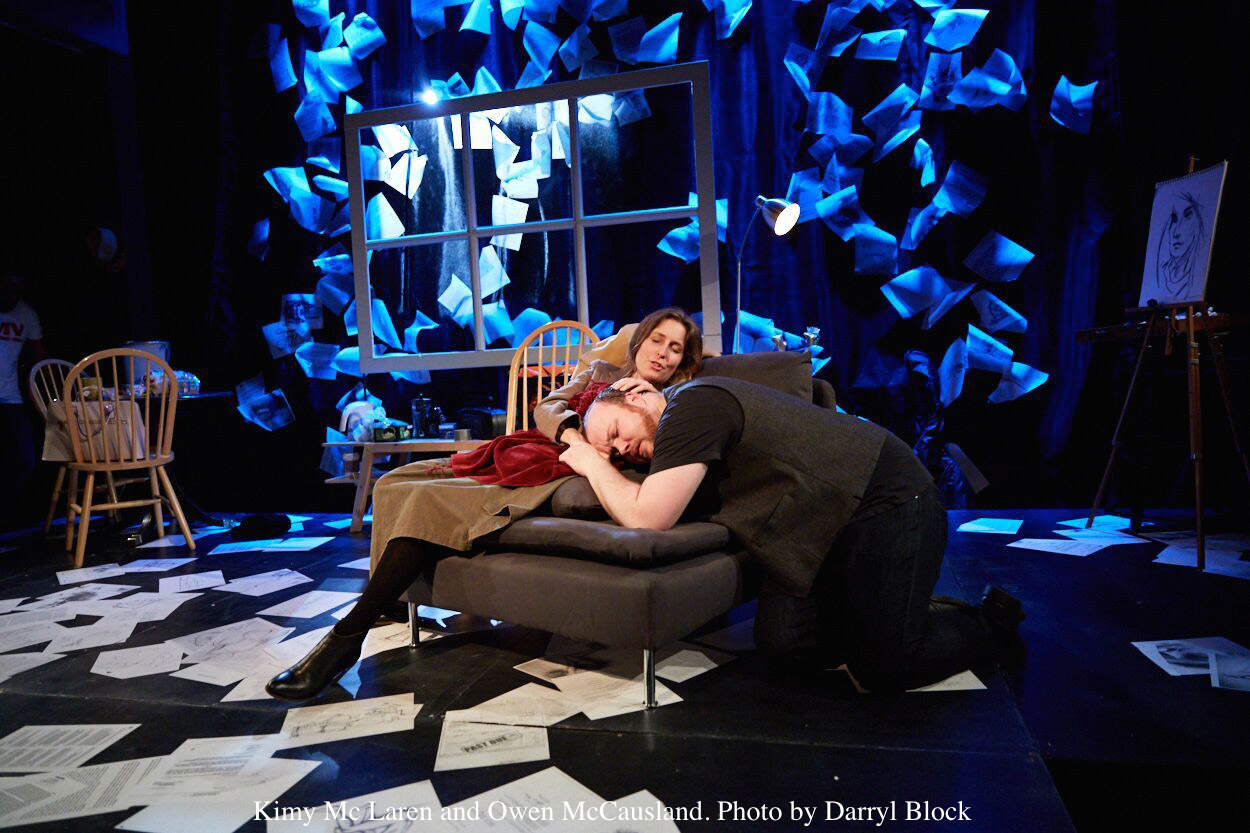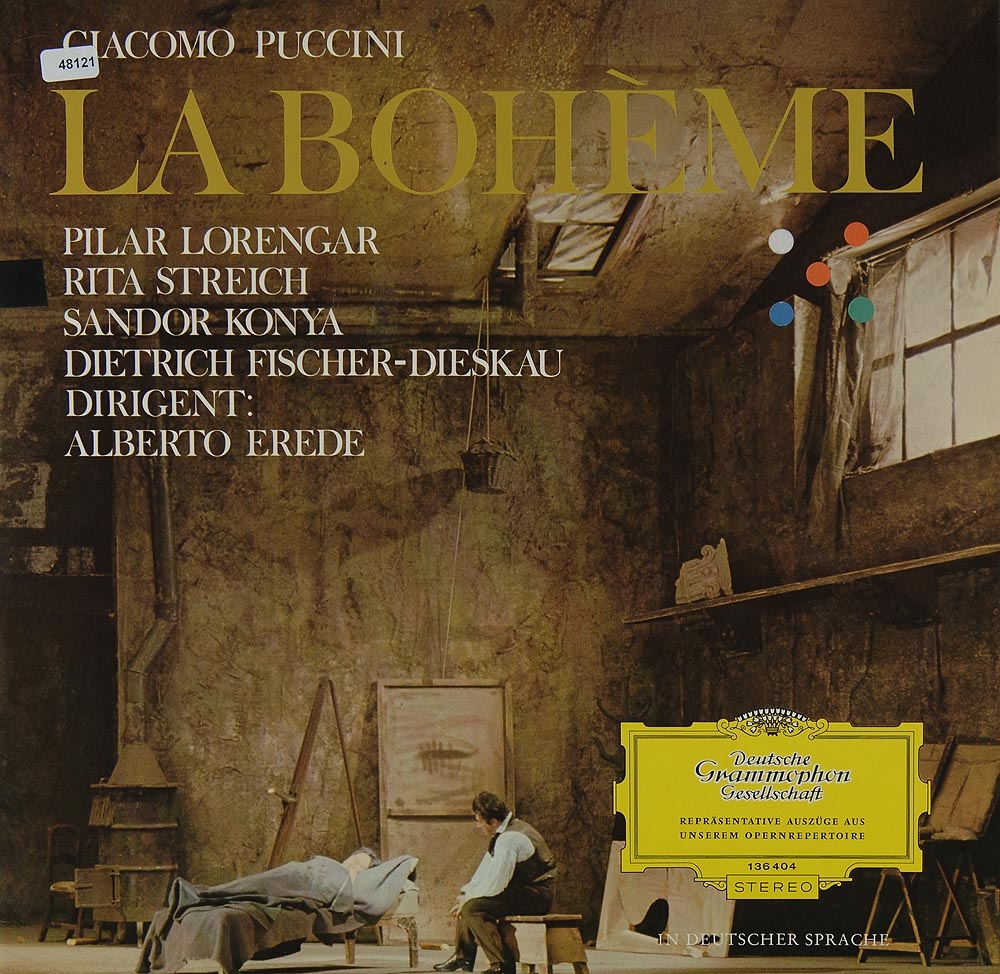

Utah Lyric Opera is based in Utah Valley and introduces individuals of all ages to the beauty, literature, culture, and history of opera and musical theater.

Who sells what to buy what for Mimi Rodolfo sells his coat to pay for medicine/the doctor who never. Over the course of the episode, host Eric Glissmeyer has the chance to chat with Tony-Award-Winning musician Lisa Seegmiller, North Texas University’s Music Director of Opera Stephen Dubberly, Utah Lyric Opera Artistic Director Christopher Holmes, and Emmy-nominated writer Elizabeth Hansen who is the director of this production of La Bohéme. the Bastille Opera House and I still have two questions. A timeless story of young friends finding love and struggling to make ends meet, La Bohéme is currently being perfomed by the Utah Lyric Opera, who have joined us in our studio to share with us some of their favorite selections.

Some of Puccini's loveliest lyrical moments grace La bohème. The narrative, set around the late 1830s in Paris, has aged remarkably well with a youthful universality that has. It is a triumphant blend of grim reality and soaring romanticism. Murger's novel enjoyed a favorable reception in Italy shortly after its initial publication and first translation into Italian in 1859. La bohme is a warhorse of the operatic repertory, one of the most frequently performed around the world, and for excellent reason.
LA BOHEME OPERA PIECES SERIES
Murger's work, originally published (1845-1849) as a series of stories in a French journal, led an intermediary existence as a stage play before being transformed into a novel. By 1893, Puccini was considering composing an opera on Henri Murger's novel Scènes de la vie de bohème. La bohème was the first libretto for Puccini on which Luigi Illica and Giuseppe Giacosa collaborated. Nevertheless, although contemporary critics received Puccini's La bohème coolly after its premiere under Arturo Toscanini in Turin on February 1, 1896, it was a hit with the public, and has endured as a favorite in the operatic repertoire. The validity of Puccini's claim is by no means certain. Whatever the initial catalysts, an 1893 meeting of the two composers, in which Puccini casually mentioned his La bohème project, induced the composers to publish in the Milanese press notices in which each laid a claim of priority to the subject. It was perhaps a common interest in the nineteenth century cultural fad of Bohemianism that led Giacomo Puccini and his contemporary Ruggiero Leoncavallo to decide to compose operas on the theme of Parisian starving artists.


 0 kommentar(er)
0 kommentar(er)
